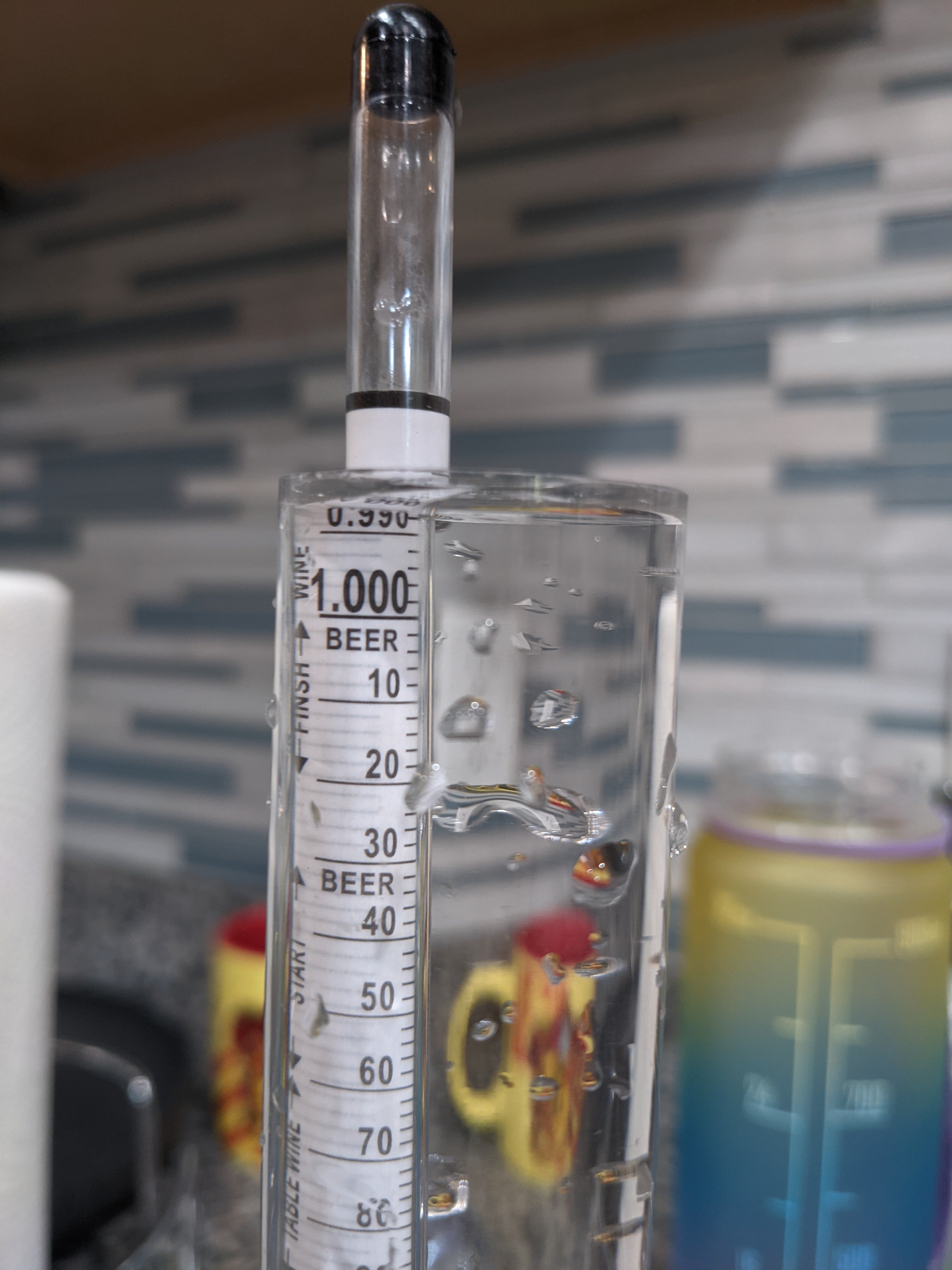mattman91
Well-Known Member
- Joined
- Jan 29, 2021
- Messages
- 292
- Reaction score
- 928
So, a week ago I attempted to brew an IPA.
The OG was 1.063, and when I checked the gravity on Sunday and it was 1.012. It smelled sooooo juicy, and I had high hopes. FWIW, I fermented with Lallemand New England yeast.
I dry hopped on day two of fermentation, then on Sunday racked to a keg via a closed transfer. I wanted to get the beer off of the hops and figured it would be fine as it had already hit the gravity I was expecting. I kept the keg at 68 degrees and planned on cold crashing and carbonating over the weekend. Tonight I was curious how it smelled and wanted to do another gravity reading. The sample reeks of diacetyl, and the gravity is now reading aboout 1.006.
What happened? Is this going to be salvageable? If I leave it in the keg at 68F for another week will the diacetyl clear up?
The OG was 1.063, and when I checked the gravity on Sunday and it was 1.012. It smelled sooooo juicy, and I had high hopes. FWIW, I fermented with Lallemand New England yeast.
I dry hopped on day two of fermentation, then on Sunday racked to a keg via a closed transfer. I wanted to get the beer off of the hops and figured it would be fine as it had already hit the gravity I was expecting. I kept the keg at 68 degrees and planned on cold crashing and carbonating over the weekend. Tonight I was curious how it smelled and wanted to do another gravity reading. The sample reeks of diacetyl, and the gravity is now reading aboout 1.006.
What happened? Is this going to be salvageable? If I leave it in the keg at 68F for another week will the diacetyl clear up?












































![Craft A Brew - Safale BE-256 Yeast - Fermentis - Belgian Ale Dry Yeast - For Belgian & Strong Ales - Ingredients for Home Brewing - Beer Making Supplies - [3 Pack]](https://m.media-amazon.com/images/I/51bcKEwQmWL._SL500_.jpg)














